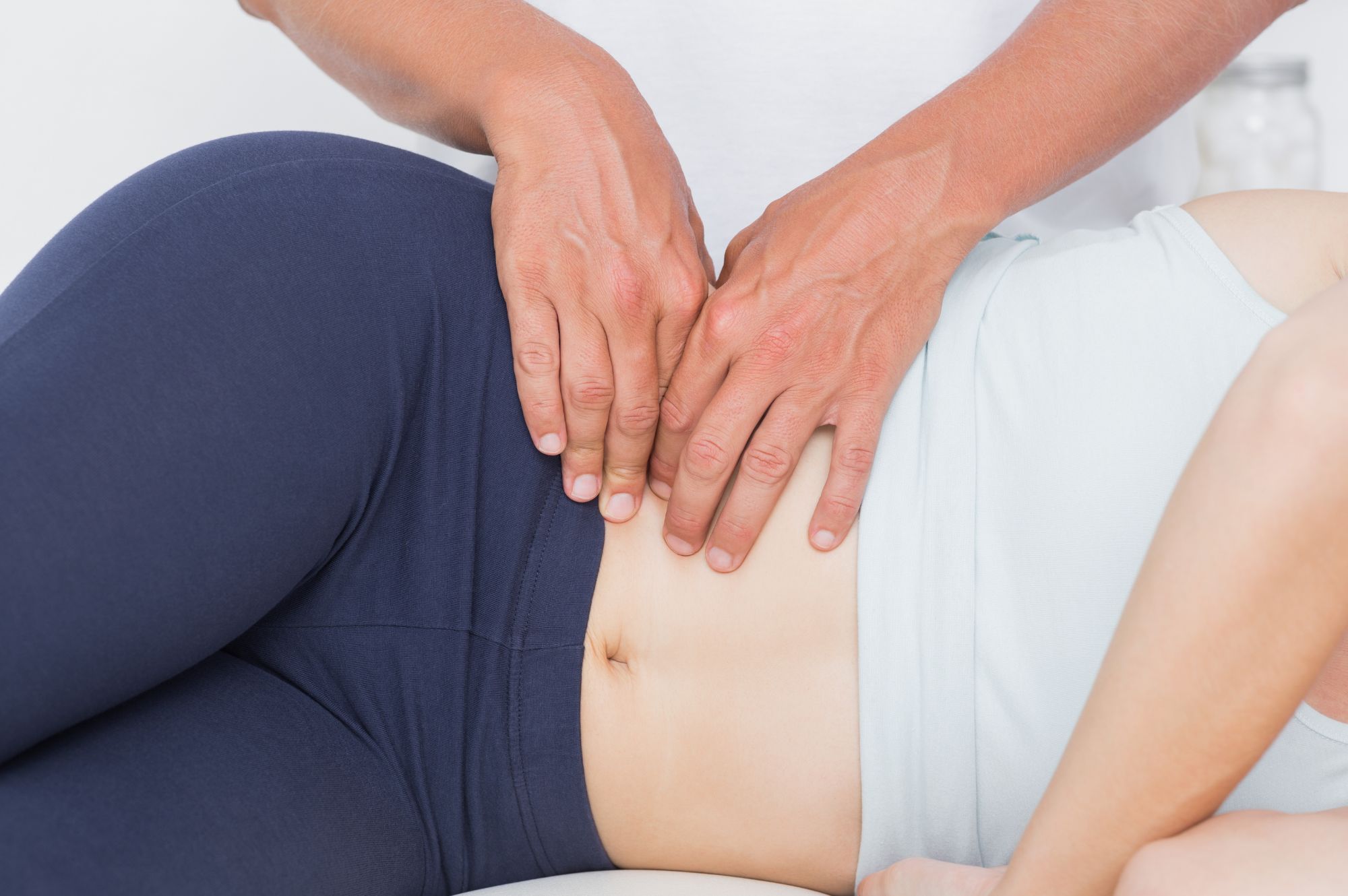
Physiotherapy for pelvic inflammatory diseases
Pelvic inflammatory disease (PID) is a condition where the upper genital tract (ovaries and fallopian tubes) become infected. Most infections generally occur because of sexually transmitted diseases (STDs) and are blood borne. Common symptoms of this ailment are pain in the general peritonitis (lower abdomen region) along with fever and/or vomiting. There might also be discharge from vagina and irregular menstruation. It might also be accompanied by a severe case of diarrhea and dysuria (painful urination). If left untreated for long the infection may spread to other parts of the system, proving fatal.
Since the causative agent for PIDs in 60-70% is because of microbial infection (gonococcal and chlamydial infections being more common), the first avenue of treatment employs pharmacological agents such as antibiotics that help to control the spread of infection and eradicate the cause. In many cases, antibiotic treatment is supported with physiotherapy to address the other symptoms associated with the disease.
How does physiotherapy help in treating pelvic inflammatory disease?
Physiotherapy aids the pharmacological treatment of PID in different capacities at different stages of progression of the disease.
Acute Stage
In mild and moderate (acute) cases of PID, physiotherapy is used to relieve the pain and inflammation that the patient experiences. For this, the patient does not need to be hospitalized but is given short wave diathermy therapy for a short period (5-10 minutes) three times a week.
Short wave diathermy uses short wave pulses to produce heat in deep and superficial tissues. The heat causes the blood vessels to dilate causing increased circulation. This promotes healing and reduces pain. Some therapists use the cross fire method of SWD where the pulses are delivered to the affected region in two directions, for which the patient may have to lie down or sit up.
Chronic Stage
At the chronic stages of the disease, physiotherapy aims not only to relieve pain and promote healing around the area, but also aims to increase functional movement and treat musculoskeletal dysfunction (muscle immobility).
Short wave diathermy is used to increase circulation in the area, which helps the pelvic muscles to relax and contract. It also increases metabolic and cellular activity, causing scar tissues from the disease to dissolve and hastens healing. Short wave diathermy in such cases is given for 15-30 minutes, twice a day, three times a week, using the cross fire method.
Additionally, therapists may use electrical stimulation (transcutaneous electrical nerve stimulation – TENS) to the lower back (spinal cord) to remove or inhibit the perception of pain. A moist hot pack also helps.
During PID, the pelvic floor muscles might be fatigued due to constant pain and delayed healing. In order to rehabilitate the pelvic musculature, the physiotherapists may also suggest exercises to help strengthen and relax the pelvic muscles.
Sometimes, when the extent of damage is more, pharmacology and physiotherapy are not sufficient to treat the disease. Circumstances may call for surgical procedures. However, physiotherapy can help in the recovery of the pelvic muscle action post-surgery.






